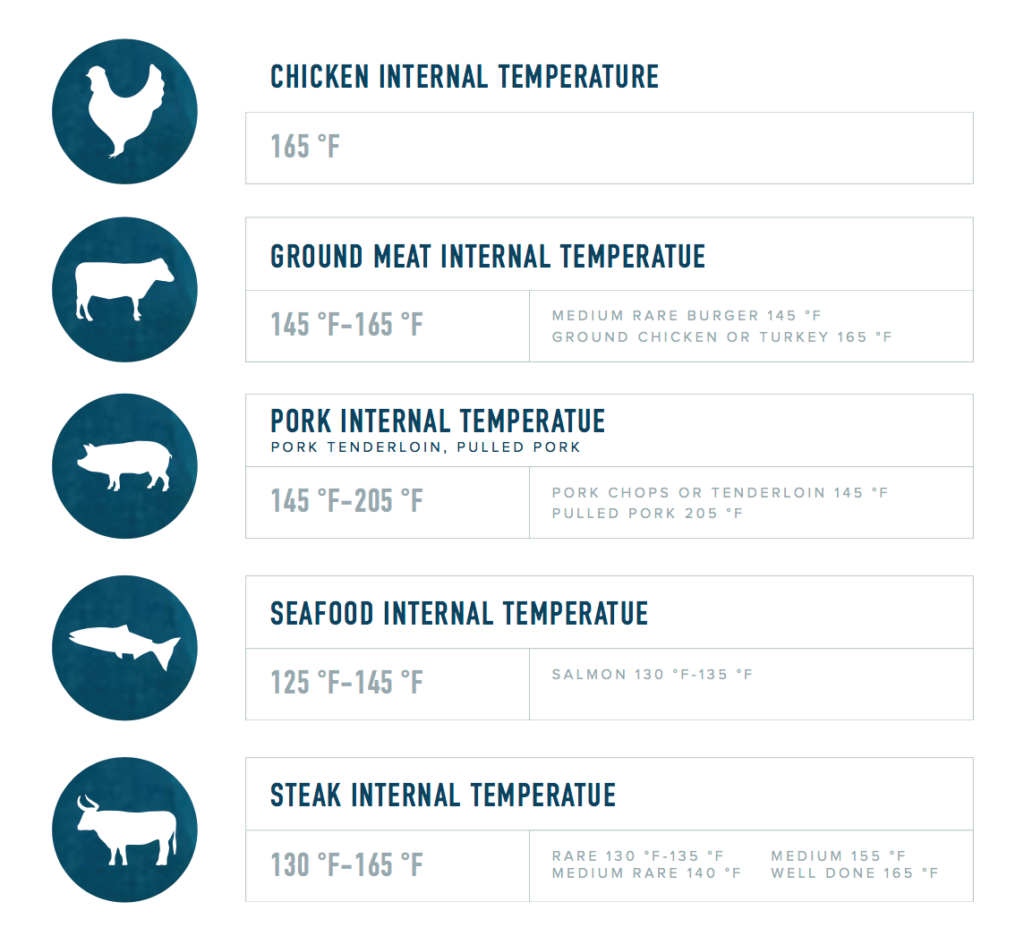Baking, Broiling, Roasting and Sautéing
Lesson 2
These methods of cooking will come in handy for just about any recipe you come across.
Baking/Roasting
Baking/roasting browns the exterior of a food, giving it a wonderful flavor boost. Most vegetables can be roasted between 350-425, and the cooking time will vary depending on the type of vegetable it is.
A heartier vegetable like butternut squash or sweet potato will roast at 375 for up to one hour, whereas broccoli and asparagus will only need 15-20 minutes.
When baking/roasting vegetables, be sure to drizzle with an oil of your choice, followed by some seasonings. If you want to flavor with herbs and/or lemon juice, put the veggies into the oven only with salt and pepper, then finish them after they're done cooking with a squeeze of lemon juice and a sprinkle of herbs.
When baking/roasting meats or fish, be sure to use a baking sheet lined with tin foil - this helps eliminate cleanup and helps keep things from sticking to the pan. It's also wise to invest in a meat thermometer for cooking meat, pork and chicken.
Here is a helpful internal temperature guide to cooking meats:
Let's say for example you want to roast several chicken breasts to prep for your week ahead:
Set the oven to 375 and line a baking sheet with tin foil. Trim any fat on the chicken breast, then drizzle with a little olive oil. Sprinkle a pinch of salt and pepper over each, then let it cook in the oven for 30-45 minutes, or until the chicken reaches an internal temp of 165.
Broiling
Broiling is a technique used to quickly cook an item, and can very easily lead to a totally burned meal if not watched over.
The golden rule is to never EVER walk away from the oven when broiling.
Broiling gives foods a quick browning, and is a good method for cooking salmon or making garlic bread. It's great to finish off a meal to give it a nice browned, crispy top, like breadcrumbs on mac and cheese or bubbly cheese over chicken parmesan.
Make sure to set the oven racks to the middle of the oven (not towards the top). For an extremely high heat, set the broiler to high. If you are cooking fish for instance, I recommend setting the broiler to low so it cooks through evenly.
Keep an eye on it. Broiling times are usually very fast.
Sautéing
Sautéing is one of my most used methods of cooking. You can use an oil of your choice or water to sauté veggies and meats.
Here are a few tips on sautéing:
Equipment
Use a wide pan with sloped sides or sauté pan for this technique. Both have a large surface area, so food is less likely to become overcrowded.
Best foods to sauté
Whether it's meat or vegetables, time in the pan is brief, so it's important that the food be naturally tender. Cuts such as beef tenderloin, fish fillets, and chicken breasts are good candidates; tougher cuts like brisket or pork shoulder are better for long cooking over low heat.
This same idea holds for produce. Asparagus tips will be more successfully sautéed than beets for example. Many other tender vegetables, including baby artichokes, sugar snap peas, mushrooms, onions and bell peppers lend themselves to this technique. That's not to say that denser, tougher vegetables like sweet potatoes can't be sautéed, they just may need to be blanched (briefly cooked in boiling water) first to get a head start on cooking.
Give the ingredients room
It's crucial that only one layer of food cooks in the pan at a time to allow even cooking and not allowing the food to start to steam rather than sauté. If you need to sauté in increments, that's ok! Crowding the pan won't allow for even cooking.


Leave a comment
Comment as a guest: